The report, Responsible Minerals Sourcing for Renewable Energy, which was prepared for the non-profit organization Earthworks, advises that: "The supply chains for these materials and technologies need to be appropriately managed, to avoid creating new adverse social and environmental impacts along the supply chain."
Researchers assessed supply chains for solar photovoltaic power, wind power, and batteries for use in electric vehicles (EVs) and energy storage systems to identify the main ‘hotspots’ or areas of concern in the supply chain, including technologies, metals and locations.
Key findings include:
1. Encouraging recycling and responsible sourcing are the key strategies to promote environmental stewardship and the respect of human rights in the supply chain.
2. Recycling is the most important strategy to reduce primary demand.
3. Responsible sourcing is needed where supply cannot be met by recycled sources.
4. The EV and battery industries have the most urgent need to avoid negative impacts in their supply chains.
The full report is available to download here.

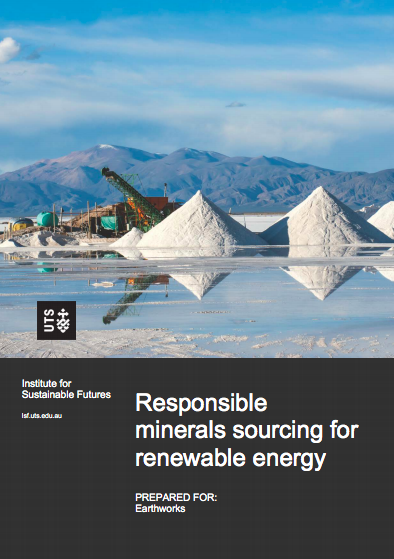
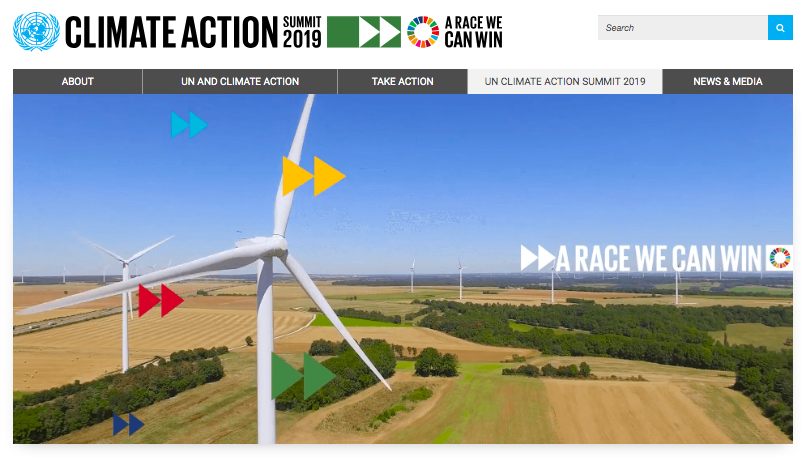
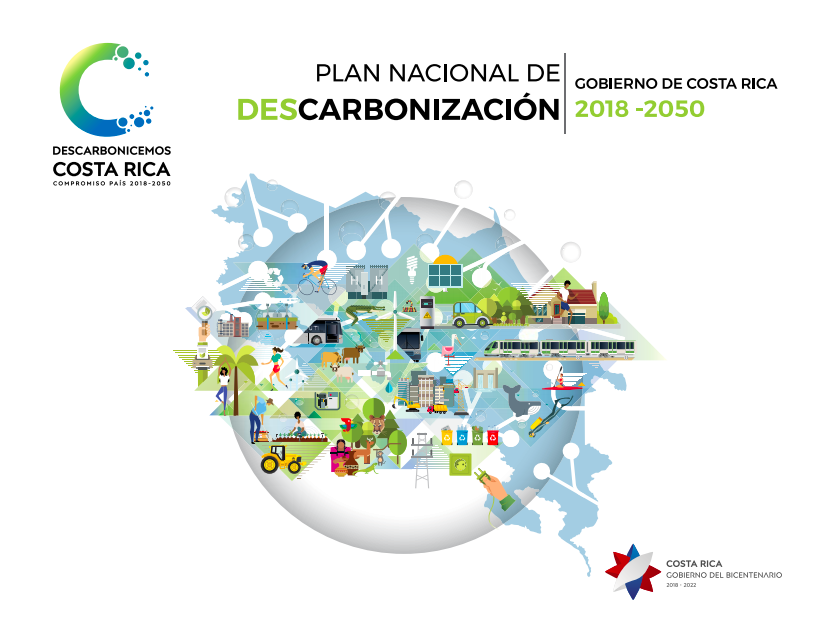

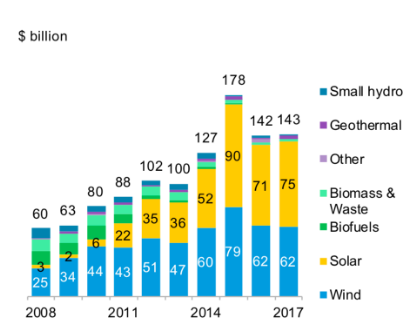

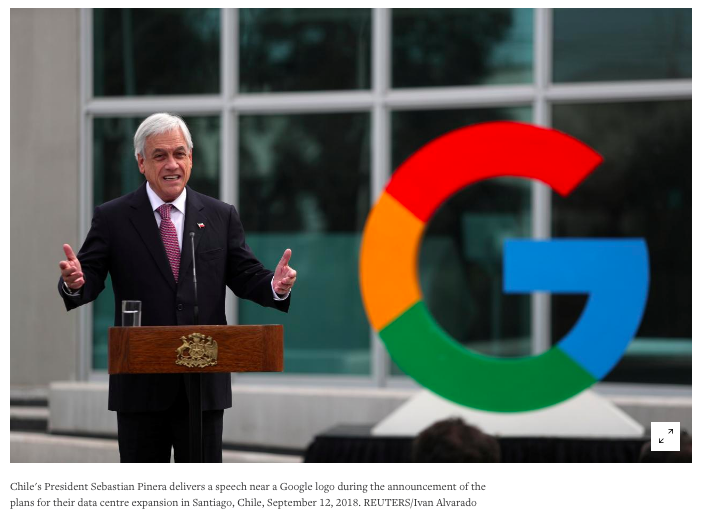

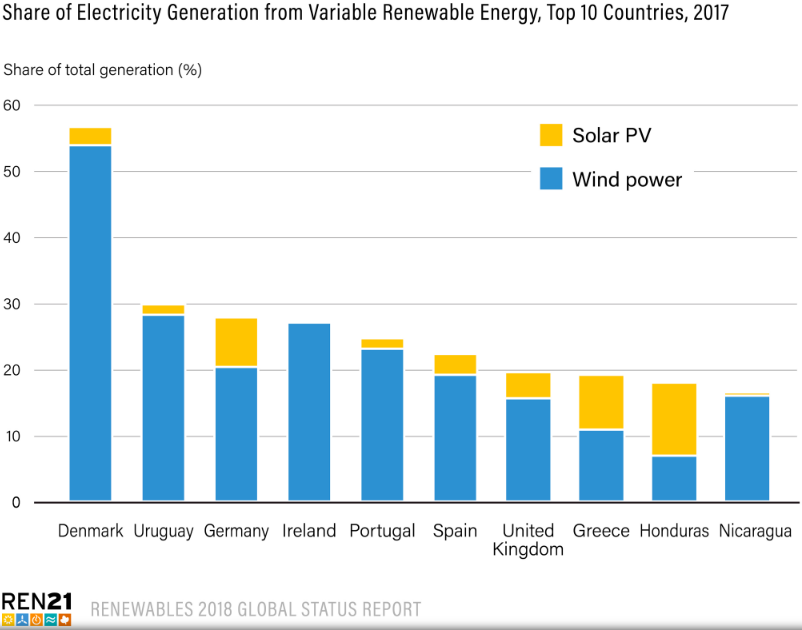
 RSS Feed
RSS Feed